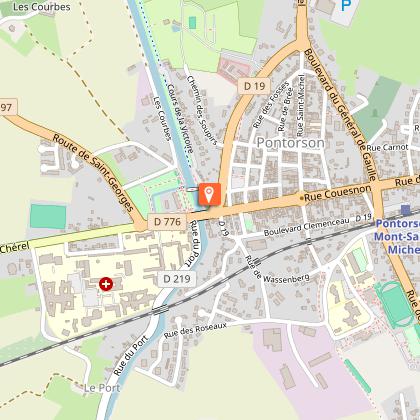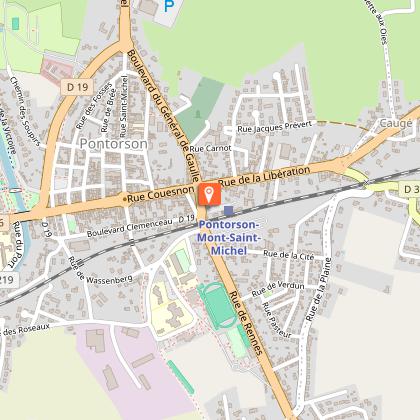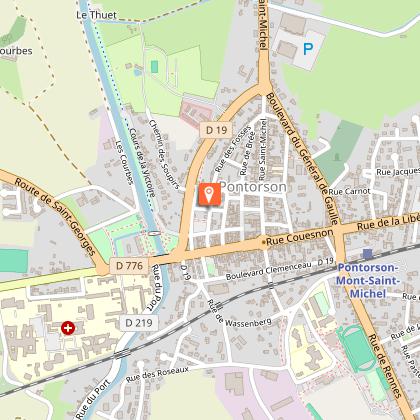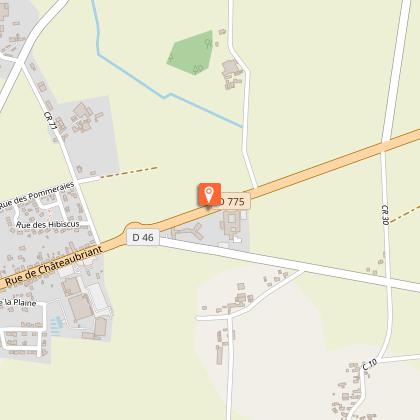Tours
Activities
Places of interest
Where to eat
Where to sleep
Rennes, Ille-et-Vilaine, Bretagne
Are you in charge of the destination?Rennes, the dynamic capital of Brittany, is a city where history and modernity coexist harmoniously. With its cobbled streets, timber-framed houses, and majestic historical buildings, Rennes charms every visitor. The historic center, full of lively cafes and unique shops, is perfect for strolling. Discover the Thabor Park, famous for its exquisite gardens, and don't miss the impressive Parliament ...See more
What to do in Rennes
See more suggestionsFind the best activities in Rennes and book easily online.
See more suggestionsIGN cards

1218SB - RENNES CESSON-SEVIGNÉ LIFFRÉ
Editor : IGN
Collection : TOP 25 ET SÉRIE BLEUE
Scale : 1:25 000
13.90€

115 RENNES SAINT-MALO LE MONT-SAINT-MICHEL
Editor : IGN
Collection : TOP 100
Scale : 1:100 000
8.40€

TOP100D35 - ILLE-ET-VILAINE RENNES FOUGÈRES SAINT-MALO BAIE DU MONT SAINT-MICHEL
Editor : IGN
Collection : TOP 100
Scale : 1:100 000
8.40€

D44 LOIRE-ATLANTIQUE
Editor : IGN
Collection : CARTES DÉPARTEMENTALES IGN
Scale : 1:150 000
5.90€

D49 MAINE-ET-LOIRE
Editor : IGN
Collection : CARTES DÉPARTEMENTALES IGN
Scale : 1:150 000
5.90€

D35 ILLE-ET-VILAINE
Editor : IGN
Collection : CARTES DÉPARTEMENTALES IGN
Scale : 1:150 000
5.90€

NR07 PAYS DE LA LOIRE
Editor : IGN
Collection : CARTES RÉGIONALES IGN
Scale : 1:250 000
6.80€

NR06 BRETAGNE
Editor : IGN
Collection : CARTES RÉGIONALES IGN
Scale : 1:250 000
6.80€

NR02 NORMANDIE
Editor : IGN
Collection : CARTES RÉGIONALES IGN
Scale : 1:250 000
6.80€

801 FRANCE NORD OUEST
Editor : IGN
Collection : CARTES NATIONALES IGN
Scale : 1:320 000
6.10€

EUROPE
Editor : IGN
Collection : DÉCOUVERTE DES PAYS DU MONDE IGN
Scale : 1:2 500 000
7.00€
What to visit in Rennes
See more suggestionsWalk along the picturesque streets of Rennes.
See more suggestionsWhere to eat in Rennes
See more suggestionsExplore the best dining spots in Rennes.
See more suggestionsWhere to sleep in Rennes
See more suggestionsExplore accommodation options in Rennes.
See more suggestions
















































